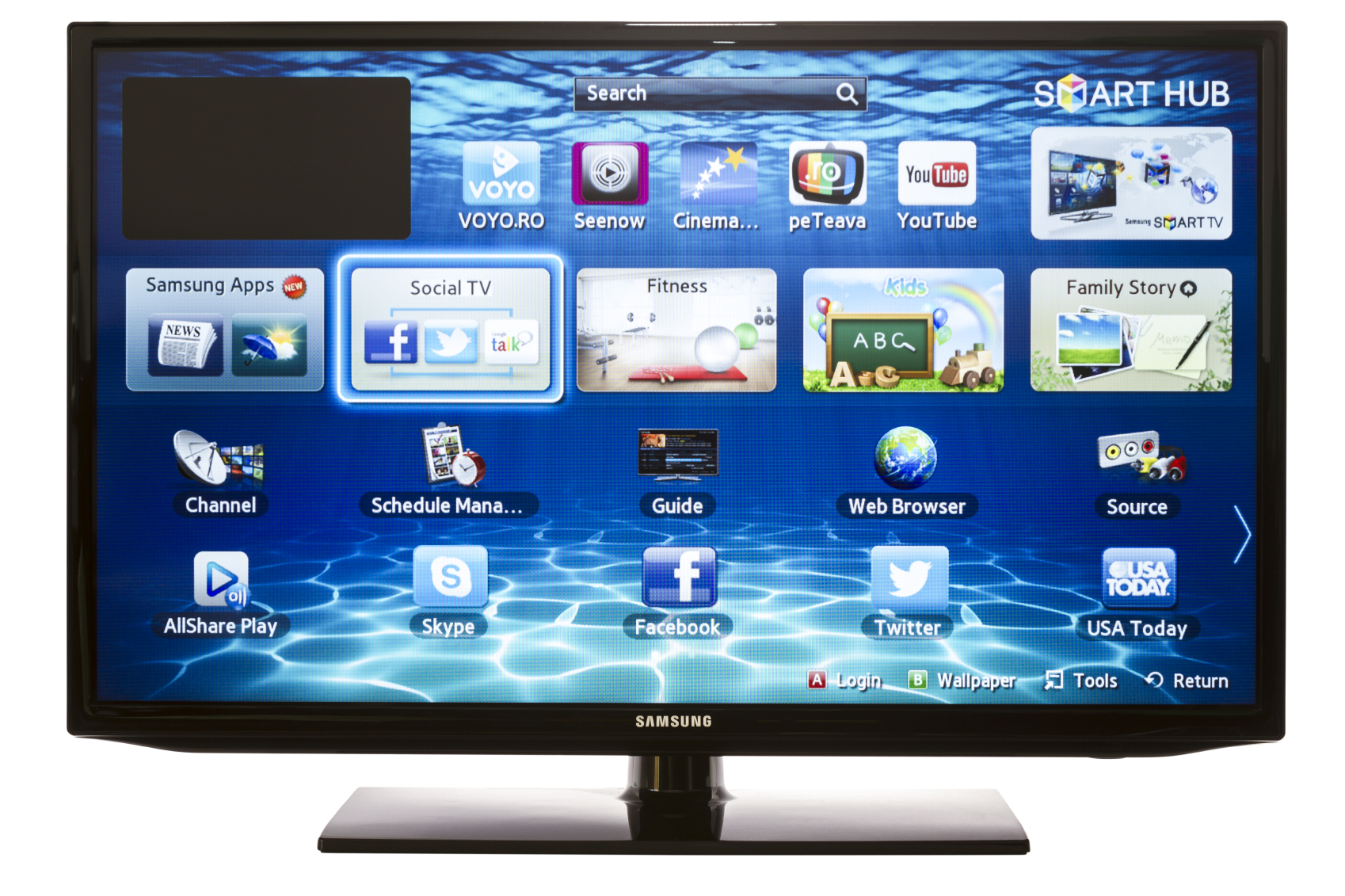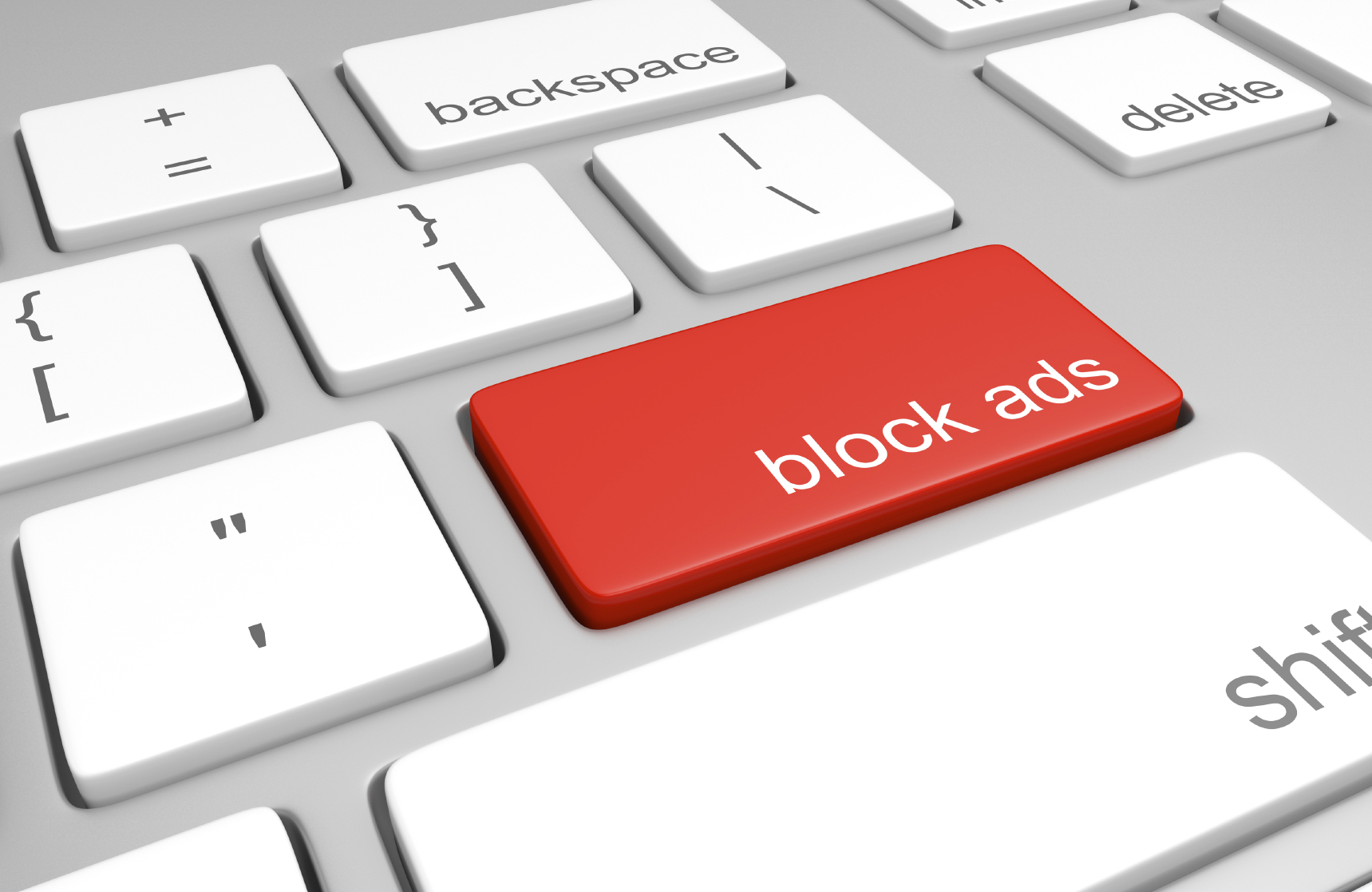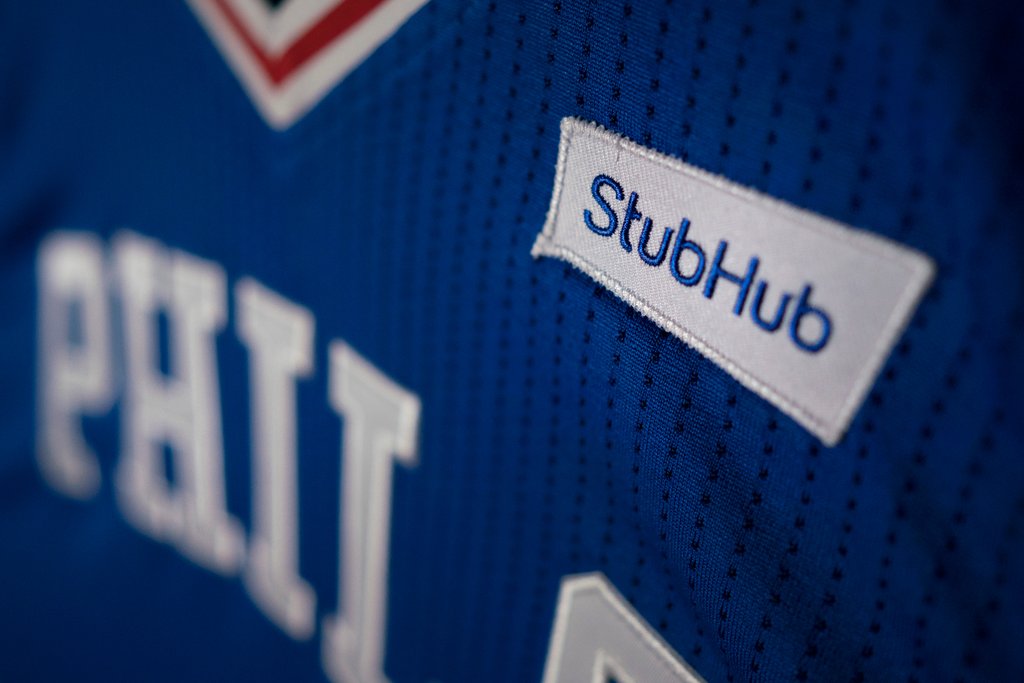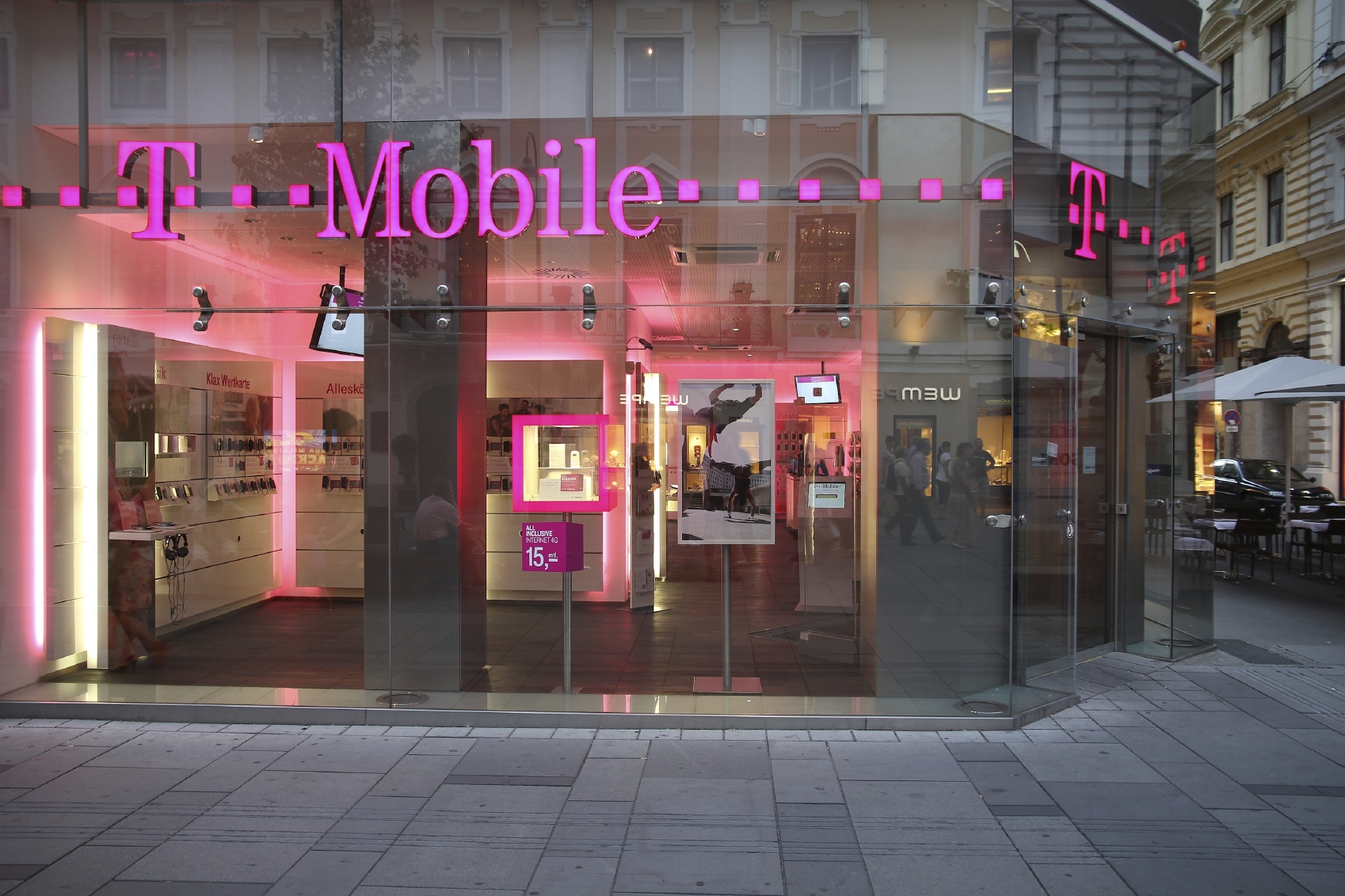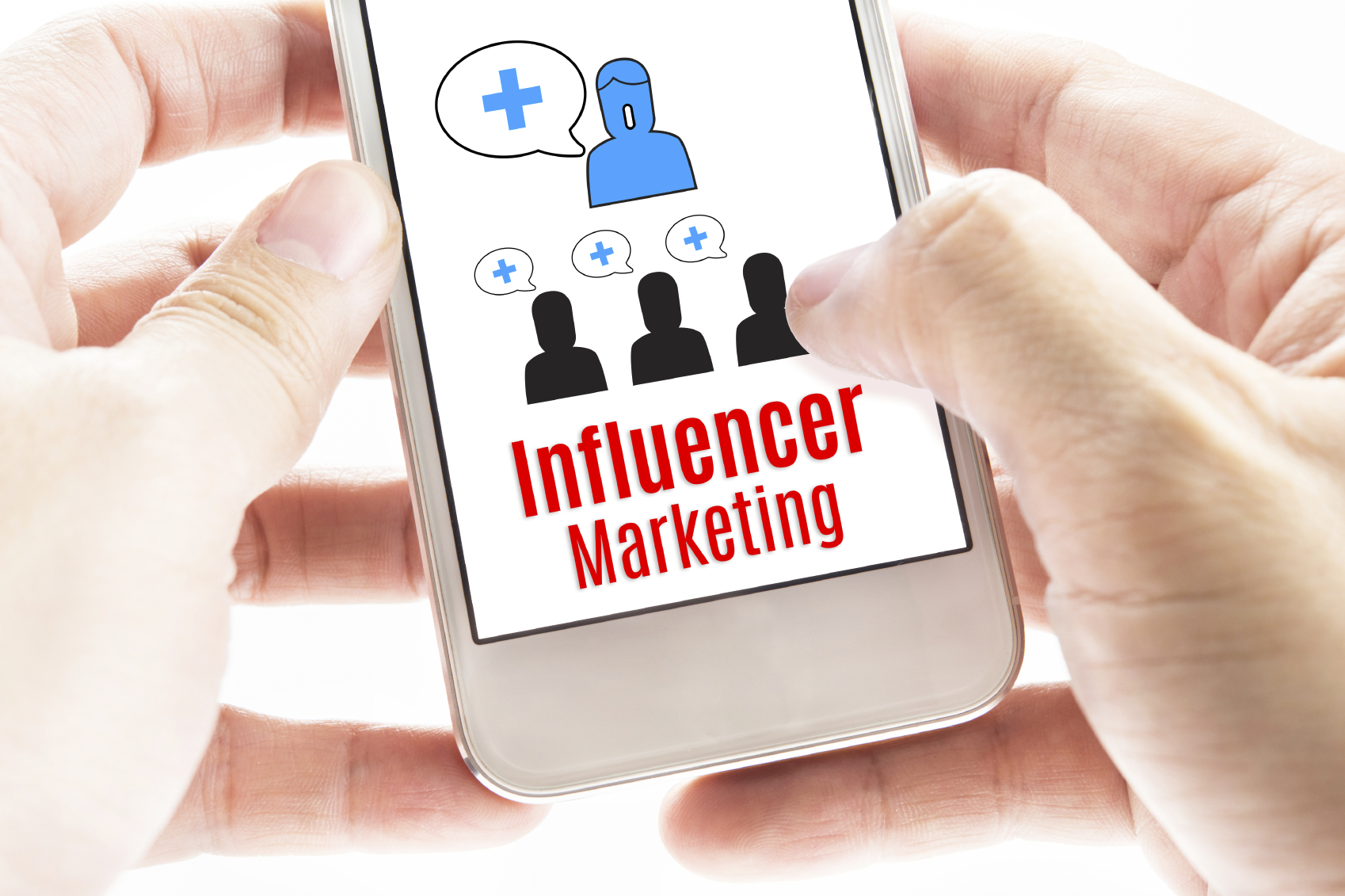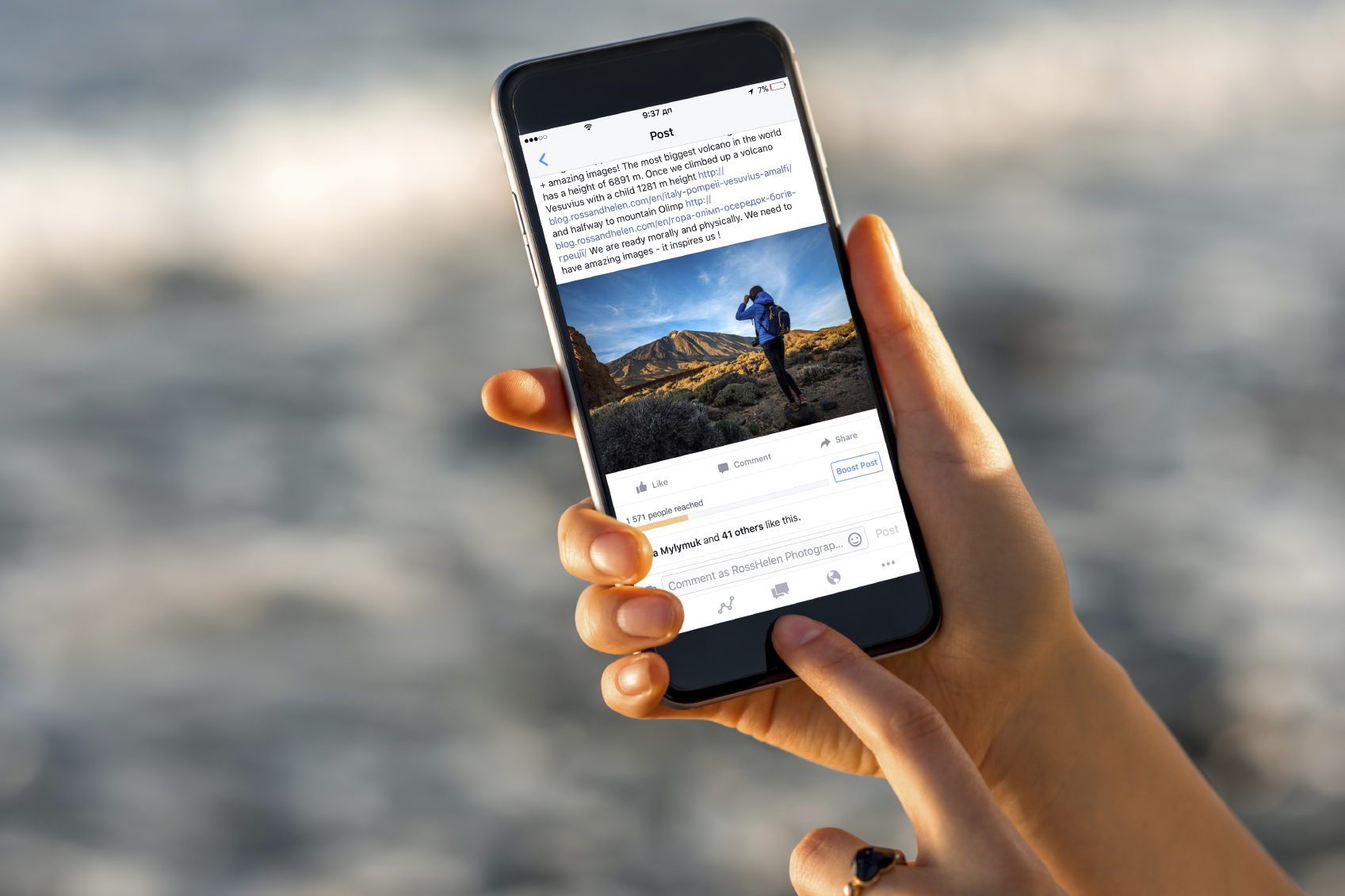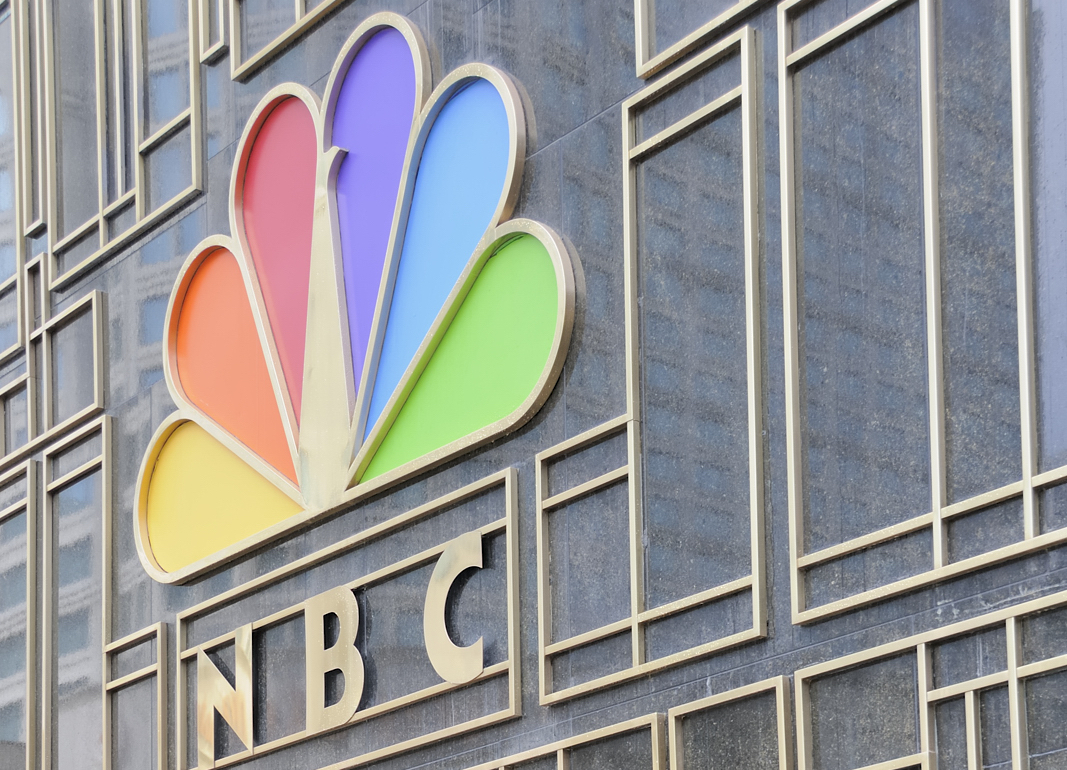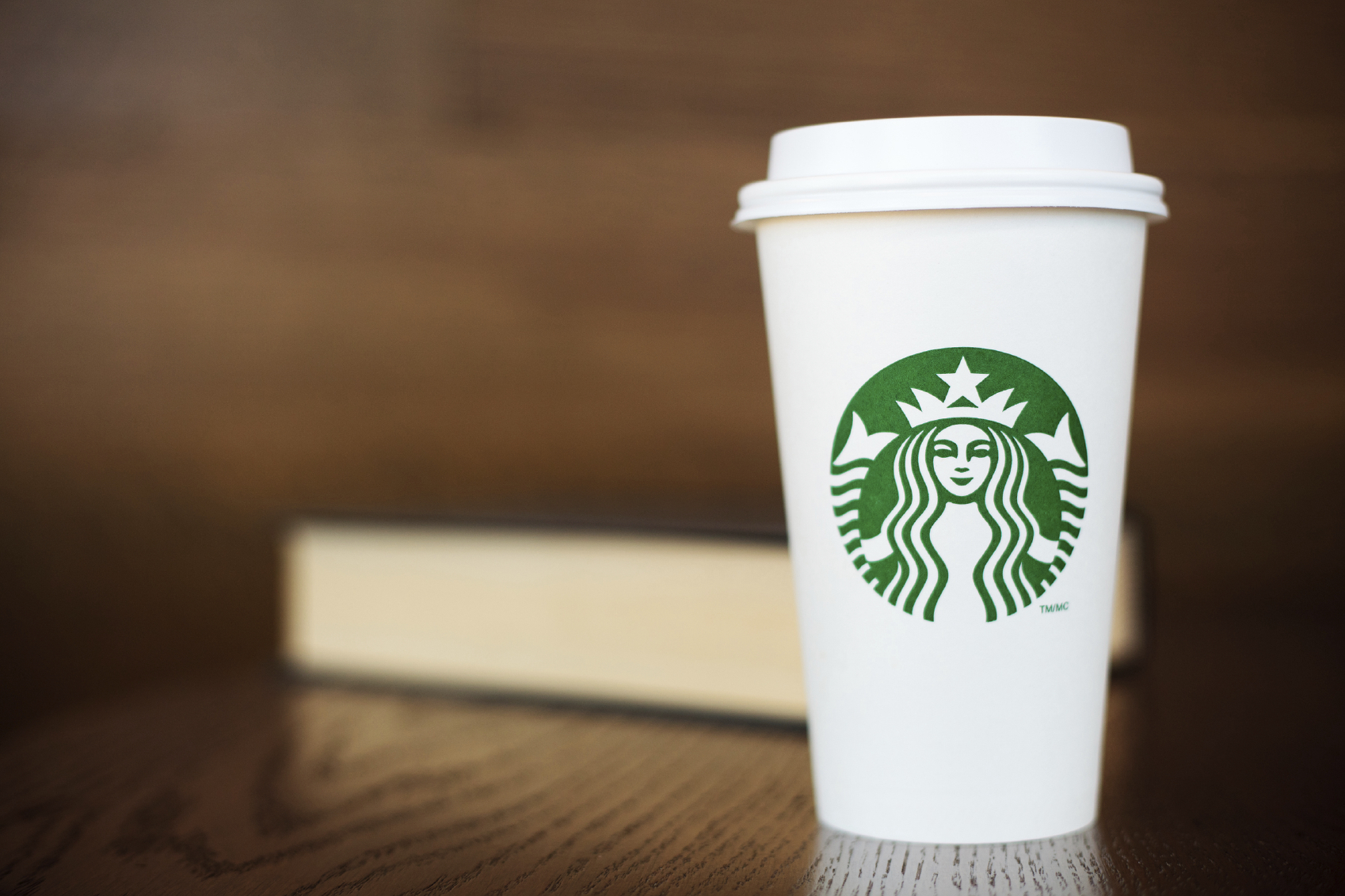What Happened
Samsung is increasing the display ads on its Smart TVs in an attempt to make up for its declining revenue. Users of Samsung Smart TVs will soon begin to see more tile ads that appear in the menu bar alongside the most used apps, such as Netflix or YouTube. Samsung says software updates will activate clickable ads on older models of Samsung Smart TVs.
Why Brands Should Care
By ramping up the ads placed in the menu bar, Samsung is making them hard to ignore. While this move expands the advertising pool for Samsung’s clients to reach smart TV users and helps with Samsung’s bottom line, it may potentially lead to a backlash from consumers who are growing increasingly averse to ads (check out the Ad Avoidance section in our Outlook 2016 for more information). In fact, some Reddit users have already started airing their grievances. This is illustrative of the new reality of digital ads and consumer expectation, and brands should be cautious about where they are placing their ads when exploring non-traditional ads.
Source: Wall Street Journal
